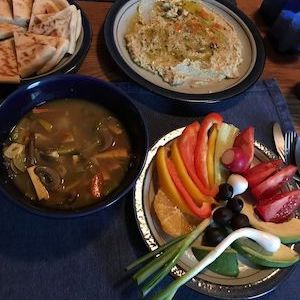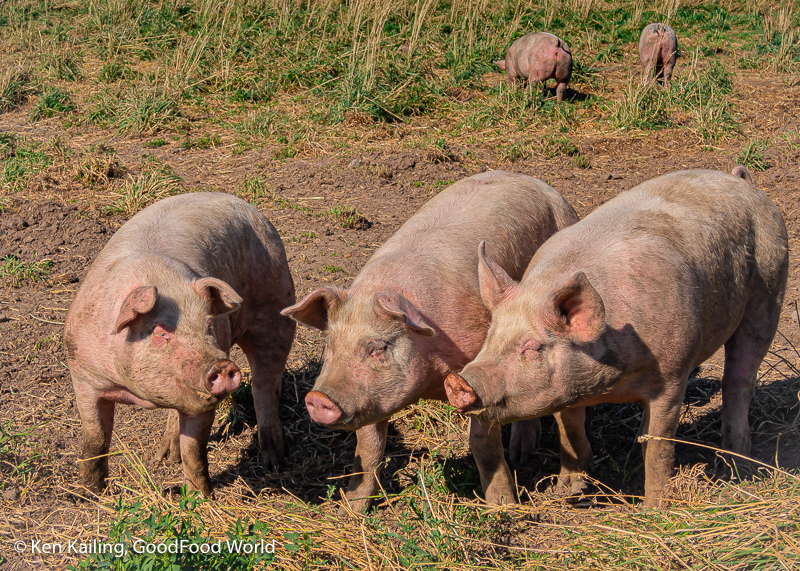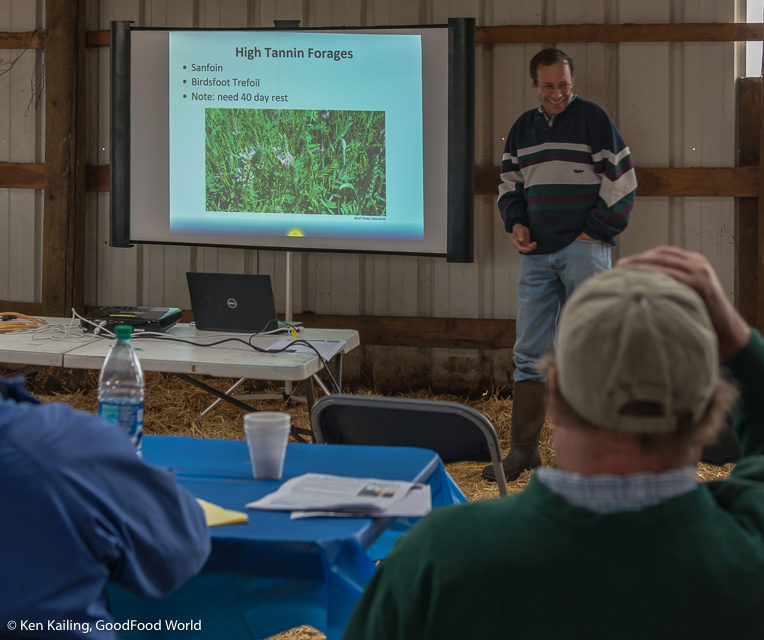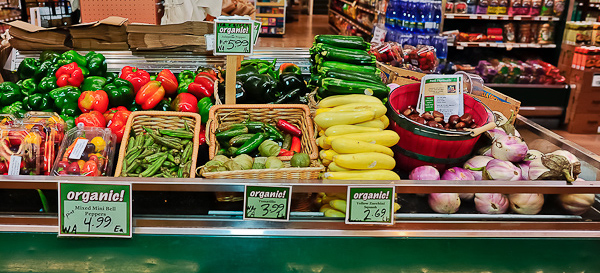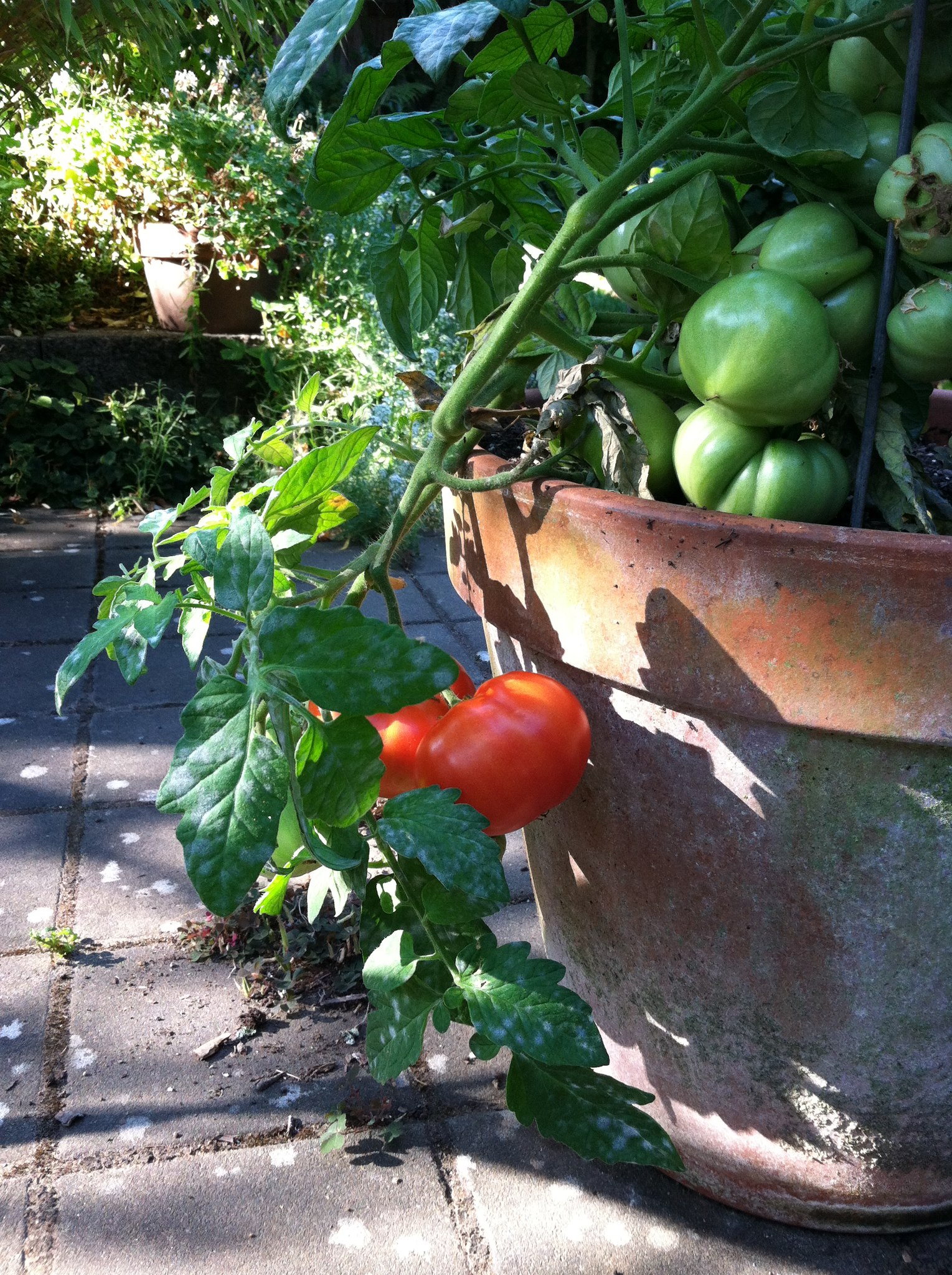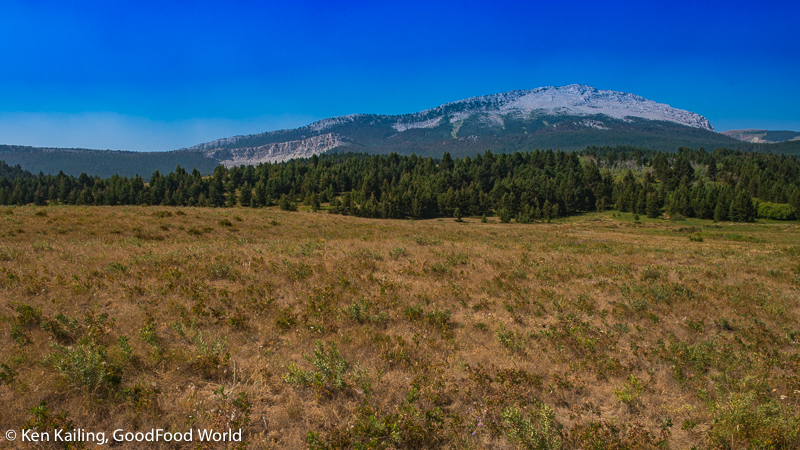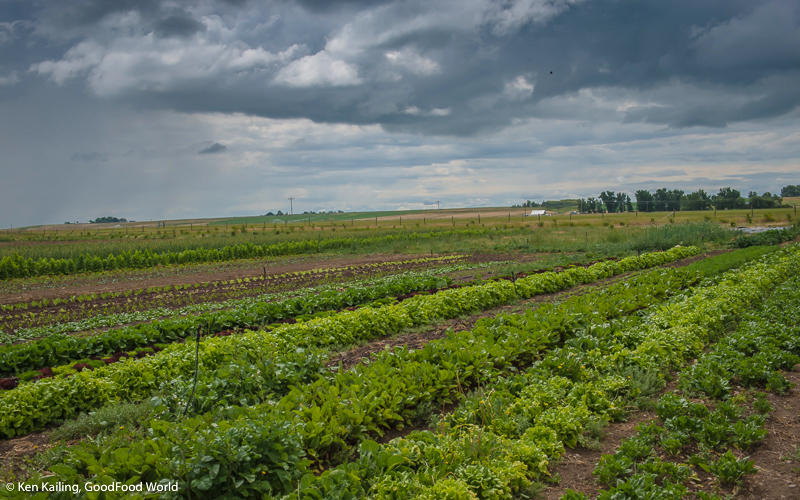At Last, a Confession: We Eat Meat
It is high time we confessed: we eat meat. The message we are trying to convey with this particular good food experience (a vegetarian meal prepared for guests in Seattle about ten years ago) is that there is wonderful good taste and variety available in natural, whole food for people who want to be healthy. What is more, for people who choose to stop eating unhealthful processed food full of salt, sugar, fat, and chemicals that enhance taste and extend shelf life, good nutritious food is available and affordable.

